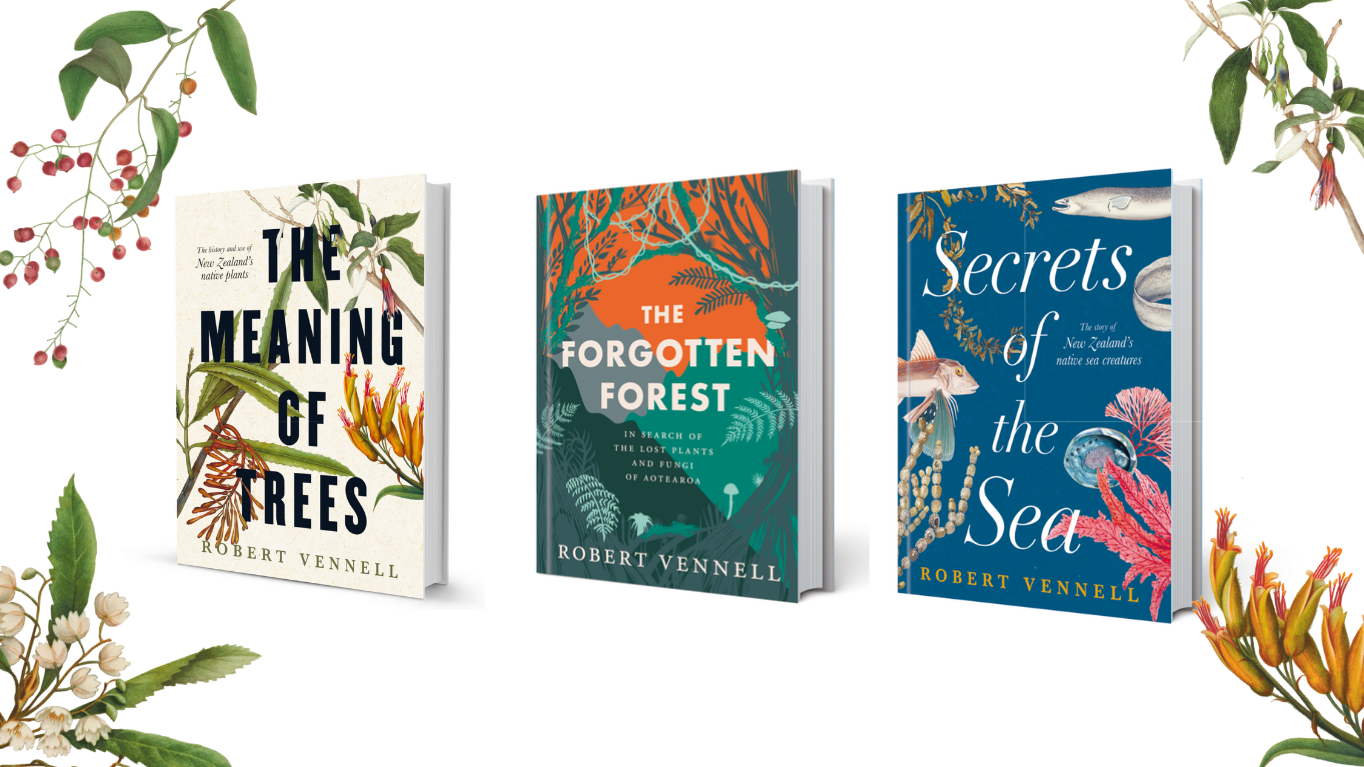When it comes to New Zealand’s native plants, Tree Fuschia is something of a botanical oddball. Most native plants produce small inconspicuous flowers, whereas Fuschia erupts with a dazzling display of purple flowers with bizarre blue pollen. Most native plants will keep their leaves year round, but Tree Fuschia not only drops its leaves but sheds its bark as well, leaving a skeleton of ragged branches. Its also much larger than you’d expect. Fuchsia species are usually shrubs or small trees but in New Zealand they have grown to gigantic proportions, towering among the canopy as the largest fuchsia in the world.
These strange plants were a favourite food source for Māori. The edible purple berry tastes like a Tamarillo and was so valued that it was given its own name – the Kōnini. They were typically collected by Māori men, who would either climb the branches with baskets in hand, or shake the branches so the kōnini fell out onto mats below. The berries were also relished by European settlers who made them into jam, stewed them with honey, or baked them in puddings.
As well as being an excellent food source, Tree fuchsia had a number of other important uses. The leaves were used along with Bush Lawyer & Mangeao in a bath for pregnant mothers to help ease childbirth, and were said to treat fever and bruises. The Kōnini berry was used to make purple dyes and inks, and the blue pollen of the flower was used as a type of makeup. Young girls would colour their cheeks red using other flowers, and then cover their lips with the brilliant blue pollen.

Want to learn more about Tree Fuchsia?
Ngā Tipu Whakaoranga – Māori plant use database
New Zealand Plant Conservation Network



